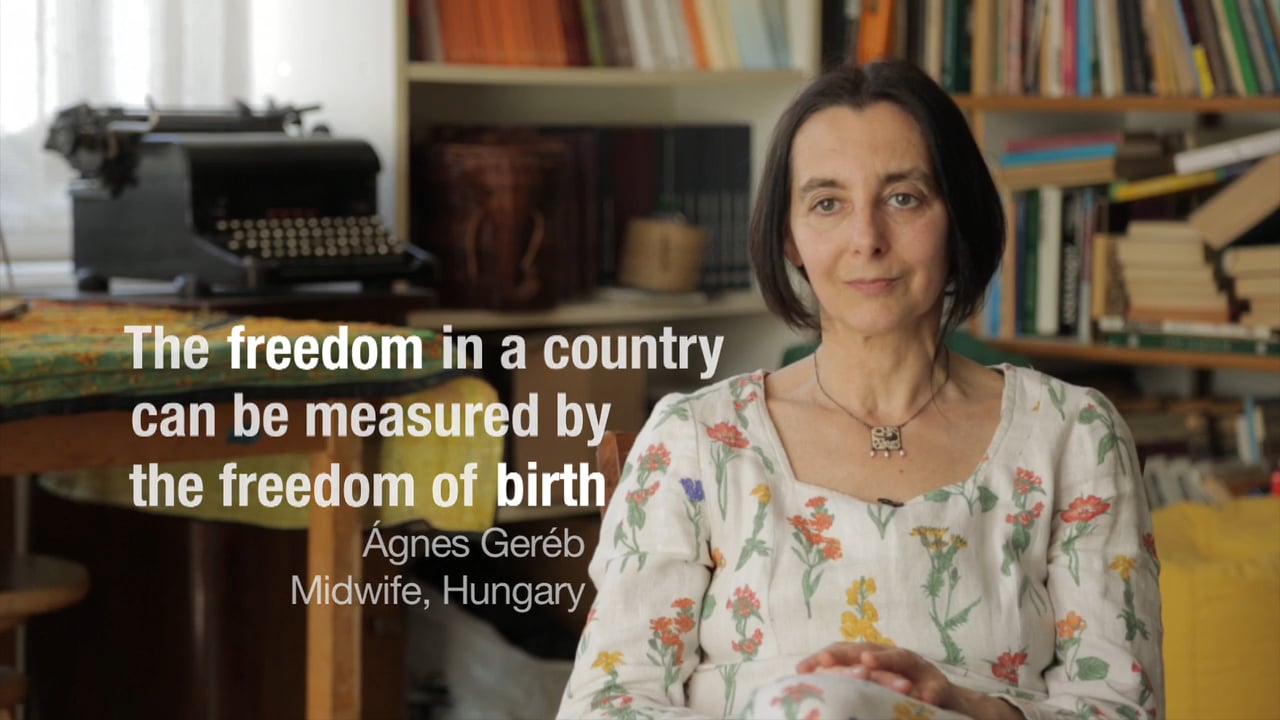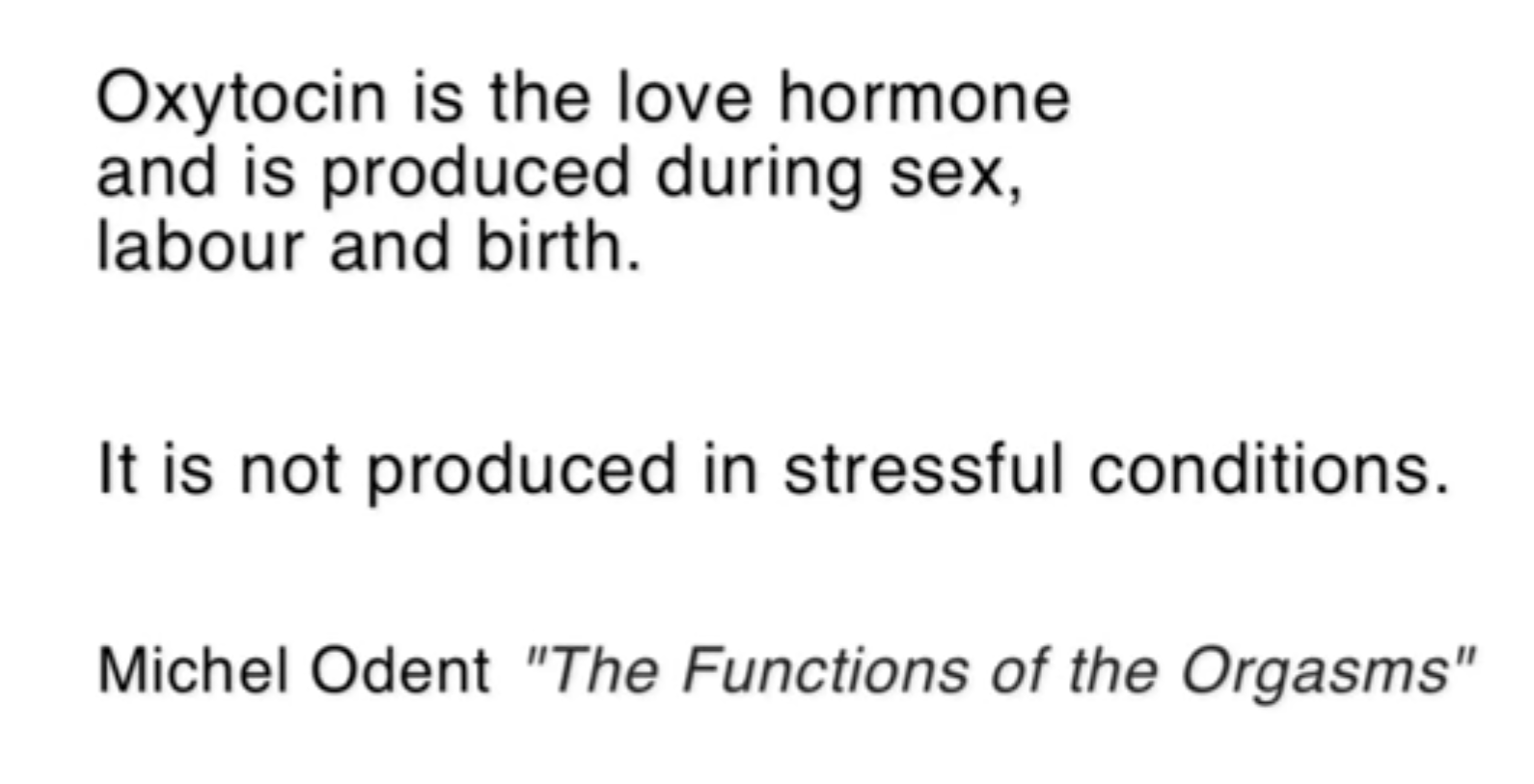
Cover image: photo credits – F&G Photography. Cover Model: Emmy McNiece – Luxmama Volunteer & Calla Lily Breastfeeding Support
First of all, we are all immensely grateful for EVERYBODY (doctors included) passionately contributing positively to the health and well-being of pregnancy, birth and beyond. That being said, the way we welcome new life onto earth is tremendously important, as it shapes our future humanity and creates lifelong patterns, even trans-generational influences we don’t fully understand yet (refer In Utero film)… There is zero excuse not striving towards optimised, respectful, humanised and compassionate maternity care, especially in such a well-resourced country, our beautiful Luxembourg. This will require continuously taking an HONEST unbiased look at what’s working and where we can improve, by birth-workers (doctors included), politicians and concerned citizens working together towards a common goal. Together we can do it! Let’s make it happen Luxembourg!
As a maternity care services consumer, after knowing what evidence based care is as Step 1, Step 2 in obtaining such care according to the reliable evidencebasedbirth.com is to decide if you want the industrial (medical) or midwifery model of care. In Luxembourg, consumers have no such choice as there is mainly the medical model of care. That is – all birthing families, healthy or otherwise go to an obstetrician for primary care and nearly all will give birth in a hospital (with money is the key driver). Step 3 is to carefully choose the birth setting as the main 3 options have very different ways of approaching birth and impact your experience and outcomes greatly. Again, families in Luxembourg basically have hospital birth to choose from. Step 4 is to gather your team and consider to hire a continuous and exclusive labour companion for non-medical support as in-hospital midwives/nurses are seeing to multiple patients at once. Again, this choice is not respected in maternity care facilities and families mostly are faced with great resistance if they want to bring in such support at their own cost. (See all 6 steps here.)

There’s a reason why these choices are included in the steps to obtain evidence based care. And that is that they increase your chances of having a positive and empowering experience in which your own values, goals and preferences play a key role. This concept of having choice in your care is a central theme in Human Rights in Childbirth, 1 of the 3 Awareness Pillars here at the Luxmama Club & ParentPrep asbl. It is well evidenced (Sandall et al. Cochrane Database of Systematic Reviews 2013) that the continuity midwifery model of care is the gold standard for healthy birthing persons (the vast majority of the population) and has vastly different philosophy and outcomes on how birth is approached. We’re talking fewer medical interventions, fewer preterm births, fewer pregnancy losses, more spontaneous births and no increase in risk to the newborn.

In maternity care we are talking about creating new humans, new parents and ultimately a new society and as such there is no excuse in such a prosperous country as Luxembourg to not strive towards excellence. It is well known that Luxembourg’s rate of medical interventions in birth (carrying further short AND long-term risks) is concerningly higher than recommended by the World Health Organisation and therefore many believe there is room for improvement. Luxembourg is also 1 of only 12 other countries in the EU with a C-section rate higher than 30%. (WHO 10-15% is acceptable, above is overuse). And when you look closer, maternal choice is responsible for only 2.6% (2010 from Conseil Scientifique Domaine de la Santé) so it’s not that the majority of consumers want it.
Below is a brilliant snippet illustrating the dilemma for those not needing these routine medical interventions (the vast majority) and those specifically seeking undisturbed care based on the latest evidence to maximise their chances of physiological birth. We should be making it easier for families to achieve this as the creators of the award-winning documentary Microbirth explains: “the single most important thing we can do for a healthy baby across a life course is to ensure that microbial seeding occurs completely at birth through vaginal delivery when possible, that skin-to-skin contact occurs and that the microbes are supported through breastfeeding of a significant duration. This should be on every birth plan.”
What would happen if sex was interfered with as birth is interfered with? Click here to watch the comical 7min video “The Performance”. Note that Luxembourg’s rate of medical induction of onset of labour is 2016: 26.30%, 2010 26.10%. (The WHO considers 25% high).

And as concerned citizen, mother and filmmaker Carole Hauck asks:
1. What makes birth safe?
2. How can it be disturbed?
3. What are the consequences of unnecessary medical interventions for the motherbaby and even society?
4. Can we as a human race survive this?
Click here to watch the film “Die sichere Geburt. Wozo Hebammen?” in German or here for the trailer in English of “The safe Birth. Do we need midwives?” featuring Dr Michelle Odent and Ina May Gaskin.
As part of our Birth Rights Awareness Campaign, #choice2haveamidwife at Luxmama, we are conducting interviews to help shed light on the long-standing inequality the midwifery profession face in the current maternity care system in Luxembourg and the impact on consumers/families. Anonomously is also possible due to the controversial nature 😉 Please forward this article if you know of someone that is interested. Click here to answer the online interview for midwives, other perinatal/health professionals and concerned citizens.
Join the discussion also in Birth Culture Luxembourg!
“The fact that the idea of equality between doctors and midwives seems radical is a testament to how entrenched are the systems that have established medicine’s dominance over midwifery.”
“The current status of midwives and the relationships between medicine and midwifery that underlie integration, cannot be understood without recognizing the systemic inequality between obstetric medicine and midwifery, awareness of its historical roots and a commitment to dismantling that inequality.”
“Since time immemorial, women have attended each other in childbirth.. Up to the late 14th century midwives were entitled to practice without regulation. From this time onward they were downgraded from qualified and independent female healers to mere assistants of the physician.”
“The relationship between the female profession of midwifery and the male profession of obstetric medicine reflected the entrenched sex inequality of the time. Just as the state enforced men’s economic and legal dominance over women, the state enforced medicine’s dominance over midwifery and ultimately its control over maternity care.”
“In the last few generations, midwifery has risen up again as a profession in places where it was eradicated. Regardless of how they are trained and where they work, midwives face powerful structural and systemic barriers. Doctors decide if midwives are allowed to practice in the hospital and if so how they practice. The state decides if midwives are allowed to practice outside the hospital, often regulating midwifery practices in a way that imposes medical standards on them and prevents them form providing genuine midwifery care that upholds their client’s human rights.”
“Midwifery and medicine have overlapping but distinct visions of pregnancy & childbirth. Midwifery frames pregnancy and childbirth as normal physiological life events, with the potential to become a pathological medical event. Medicine frames pregnancy and childbirth as medical events that by definition can only be safely managed through medical treatment. The integration of these two paradigms requires understanding of their differences and a willingness to work together despite them. The differences between the professions should not prevent the recognition of both as necessary (and equal) partners in the care of the pregnant population. Equality doesn’t require that two groups be exactly the same in order to be treated equally. Equality means that the differences between two groups do not make one group superior or give it the right to dominate the other.
The recognition of doctors and midwives as equal and complementary partners in reproductive health care requires respect for their relative fields of expertise. Midwives are the experts in physiological birth. They know how to work with the female body to help women give birth to their babies. Doctors are the experts at using medical treatment to fight pathologies and manage medical crises.”
“Inequality exists in law, when the laws themselves and the administration of those laws, reflect the cultural attitude that doctors are superior to midwives and treat midwives differently to medical professionals.”
“It is time to put an end to the hierarchical, monopolistic care systems that were constructed on socially and economically discriminatory systems of sex. These systems and today’s c-section assembly lines do not optimise maternal and newborn health.
“Integrated systems with strong midwifery professions as the first line for maternity care, in partnership with and with reliable backup from medical professionals, are the most effective and most efficient strategy for optimising the health of mothers, babies and communities.”
“Health care systems are shifting from the old hierarchical models toward team-based, patient-centered care, which is often called “woman-centered care” in the maternity context. This shift reflects a movement away from the vertical model of care, in which doctors were at the top and everybody else (incl the patient) was below them, to a model in which the patient is at the center of a team of care providers, who are working on a horizontal plane, as equal and complementary partners, to provide care as needed for each individual. This transformation is achievable but only with recognition of the role of power and entrenched inequality in the construction and dynamics of the current system. It is ultimately the responsibility of the democratically elected governments to impose justice and equality for its childbearing constituents.”
Let’s make it happen Luxembourg!

More about the Author

Mother of 2 children born in Luxembourg, Holistic Maternity & Empowerment Coach/Educator, Marise Hyman supports families holistically towards an empowered pregnancy, birth & parenthood journey through Marise Hyman Maternity Coaching – setting them up for heart-centered connection, so they can move from confusion to confidence. She is also teaches Dancing for Birth™ classes and understands that we need to “heal birth to heal the earth” and is therefore also a passionate Birth Advocate and founder of the Luxmama Club & ParentPrep asbl, an NGO raising awareness for birth rights, perinatal mental health and green parenting. She’s a highly sensitive person (HSP), personal development junkie and sucker for slapstick comedy.

Hi, this is such a needed initiative! Huge yes to restoring the balance between fiminine and masculine in this area and all others. Birth is the strongest experience in life and its such a pity so many women have bitter memories due to unnecessary, insensitive or outright hostile interventions. Happy to be interviewed as a concerned citizen.
Dear Clearskify, thanks so much for your comment 🙂 And thank you for being interested to be interviewed for our campaign. Can you please send us a description of what you have in mind/your experience as we haven’t yet started the interview process with concerned citizens on this topic so the floor is open 🙂 Please send to blog.luxmama@gmail.com and cc luxmamaclub@gmail.com